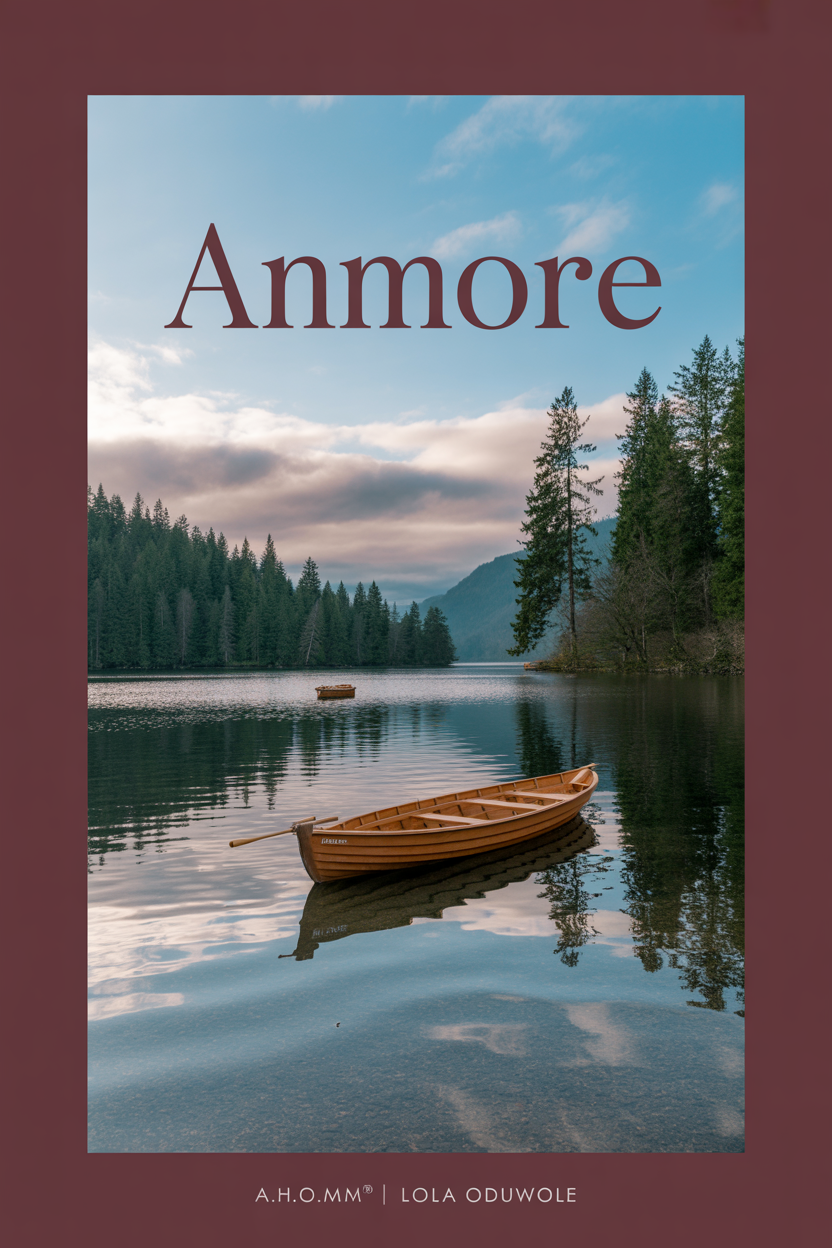
Anmore Demographics
- The population density in Anmore is 1493% higher than British Columbia
- The median age in Anmore is 3% higher than British Columbia
- In Anmore 12.53% of the population is Chinese
- In Anmore 3.17% of the population is West Asian
- In Anmore 1.96% of the population is All Other Visible Minorities
Population density is the measure of the number of people per unit area, commonly represented as people per square mile (or square kilometer).
Anmore Income Distribution
Anmore residents have high incomes, with an average household income of $186,134 in 2016. The median household income was $139,469, the highest in all of Metro Vancouver, compared to $69,995 for British Columbia as a whole.
Anmore’s residents also have higher annual incomes than Metro
Vancouver as a whole. In 2010, the median family income was $160,038
compared to $63,347 for Metro Vancouver as a whole.
Visible Minority Population
Anmore Livability
- Anmore has a Livability Score of 63/100, which is considered below average
- Anmore crime rates are 74% lower than the British Columbia average
- Cost of living in Anmore is 62% higher than the British Columbia average
- Anmore real estate prices are 149% higher than the British Columbia average
- Rental prices in Anmore are equal to the British Columbia average
ANMORE OFFICIAL COMMUNITY PLAN – OCP
In the next 30 years, Metro Vancouver is expected to grow by 1.2 million
residents, reaching 3.4 million by 2041. To varying degrees, this increase will take place in all communities. As a small rural community, Anmore is not expected to absorb a significant portion of this regional growth – although by 2041, itscurrent population of approximately 2,200 is expected to almost double to about 4,000 residents.
The Metro Vancouver Regional Growth Strategy (RGS) sets out land use
policies intended to focus regional growth within urban service areas,
supported by transportation networks, regional infrastructure and
community services.
| Data | Percent |
| Chinese | 12.5% |
| West Asian | 3.2% |
| All Other Visible Minorities | 2.0% |
| Japanese | 1.2% |
| Black | 1.1% |
Immigrants By Place Of Birth
| Data | Percent |
| China | 6.5% |
| United Kingdom | 2.5% |
| Iran | 2.0% |
| Poland | 2.0% |
| Romania | 1.7% |